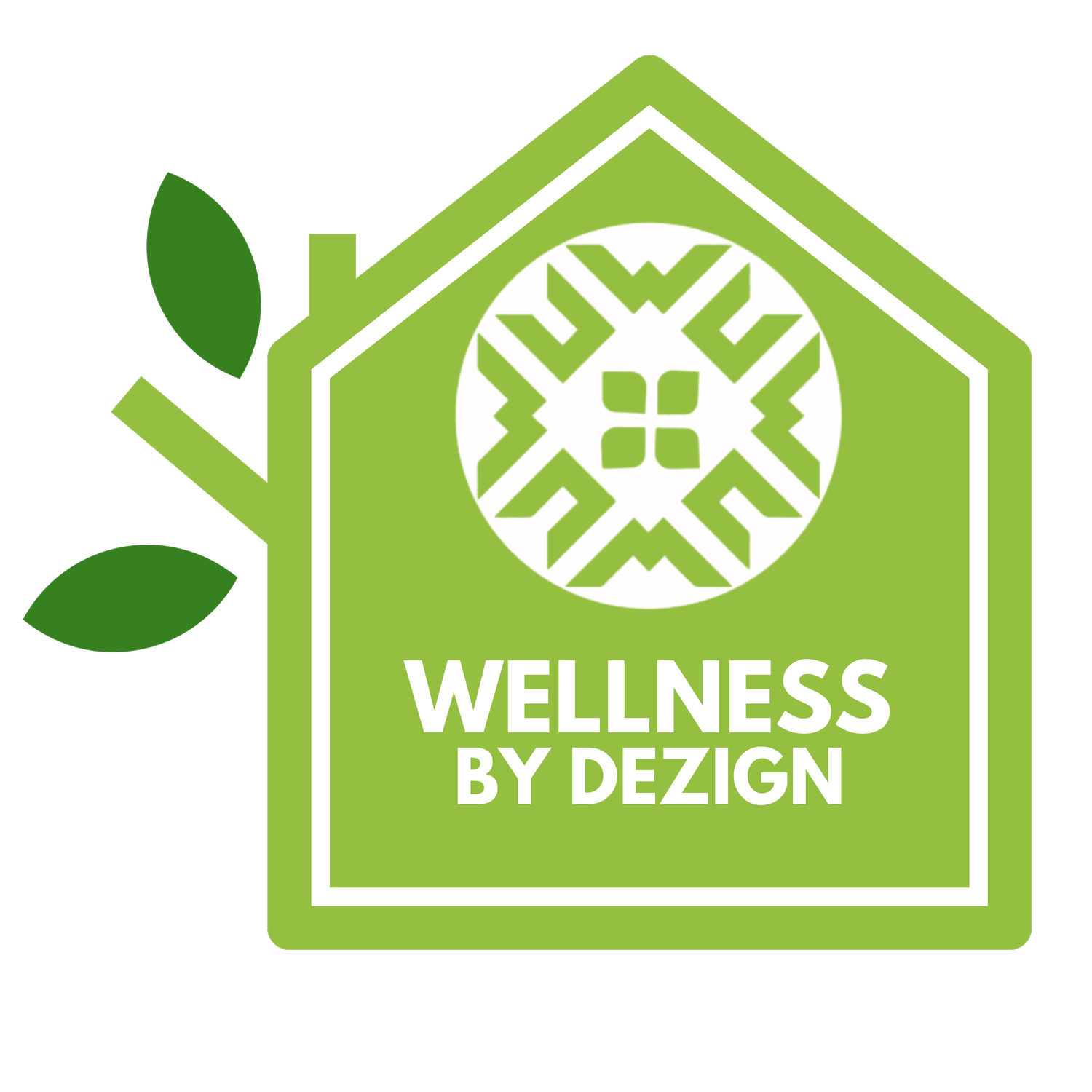Healthy Lighting for Wellbeing
Lighting design, whether it be natural or artificial, can have a dramatic effect on our mental and physical well-being. In order to safely and comfortably perform tasks around the home, humans need proper, quality lighting that provides adequate visibility without causing discomfort or distraction.
The Well Building Standard (WELL), a predominantly commercial based building standard, provides guidelines for lighting that enhances work productivity, minimizes disruption to the body’s circadian rhythm, and provides appropriate visual acuity with everyday tasks. Instituting this standard in our homes can be easy by following some simple steps for a healthier life. You may have seen the TV ads with celebrities promoting the Well Safety Seal, the global authority for commercial buildings, - “look for the health safety seal outside and feel more confident going inside” says Jennifer Lopez. This building standard focuses on many aspects of human health - air quality, drinkable water, comfortable acoustics and appropriate lighting to name just a few.
Natural Light
When it comes to natural lighting in the home, windows and skylights can provide plenty of light, as long as it can be diffused when necessary as not to cause uncomfortable glare and heat gain. Multiple studies have proven that the right exposure to natural light can improve occupant mood, alertness and overall health. This is very true in schools and healthcare settings, but our home is just as important to our overall wellness. Morning light, whether it be natural or artificial, is by far the best way to start your day and to improve mood.
Artificial Light
Modern day technology has brought a lot of artificial light into our lives; streetlights to guide us, warning lights to alert us, floodlights to protect us, and most recently, LED’s to help with technology and help us save energy. According to the Better Sleep Council, light does not always impact us in a positive way, “the negative effects of using LED and blue lights at night can be both mental and physical, and they far outweigh any perceived benefits”.
Blue Light interferes with our Circadian Rhythm so it’s very important to turn off, or at least dim, all lights after 8pm especially those bright, recessed lights in kitchens. Electronics, which are lit by energy-efficient LED’s, are also effecting our health in negative ways. By limiting exposure at night will allow natural melatonin to be secreted by our Pineal gland more effectively. A study published in the Endocrine Society's Journal of Clinical Endocrinology & Metabolism found that, when compared with dim light, exposure to LED’s at night suppressed melatonin by around 85 percent. Most modern homes are full of an over-abundance of artificial light due to technology or bad lighting design. To be healthy and productive during the day we need to have our circadian rhythm functioning properly so we can fall asleep and stay asleep. Proper lighting at the right time is paramount to good health.
8 tips to sustainable lighting for wellbeing:
Design an open floor plan to allow abundant natural light throughout the home
Expose occupants to bright, natural light early in the day
Switch to high quality “Warm-Dimmable” LED Bulbs (3000K-1800K) or consider “smart bulb technology”
Consider strategic task lighting
At night turn off or dim all overhead recessed lights (especially in a kitchen) 2 hours before bedtime
Utilize table lamps with low wattage (25-40w) incandescent bulbs
If technology at night is a necessity, like watching TV or working at a computer, then wear anti-blue or blue light filtering glasses. This is especially important for children, adolescents and teenagers.
Keep all blue-light technology out of bedrooms at all times. For children’s bedrooms, nightlights should be orange or yellow and not a LED.
Proper lighting in a space has such a significant impact on how people use that space, or feel in that space, it is critical to the human-health component of sustainability. Lighting affects not only the productivity of occupants but also their overall mental and physical health. High-quality lighting - not too much lighting - will be more comfortable, and will protect and promote better health and well-being, while also saving the planet in more ways than one.
Design well to live well.
Cassy West
Sources:
https://www.health.harvard.edu/staying-healthy/blue-light-has-a-dark-side
https://standard.wellcertified.com/light
http://bettersleep.org
https://health.clevelandclinic.org/are-led-lights-damaging-your-retina/



